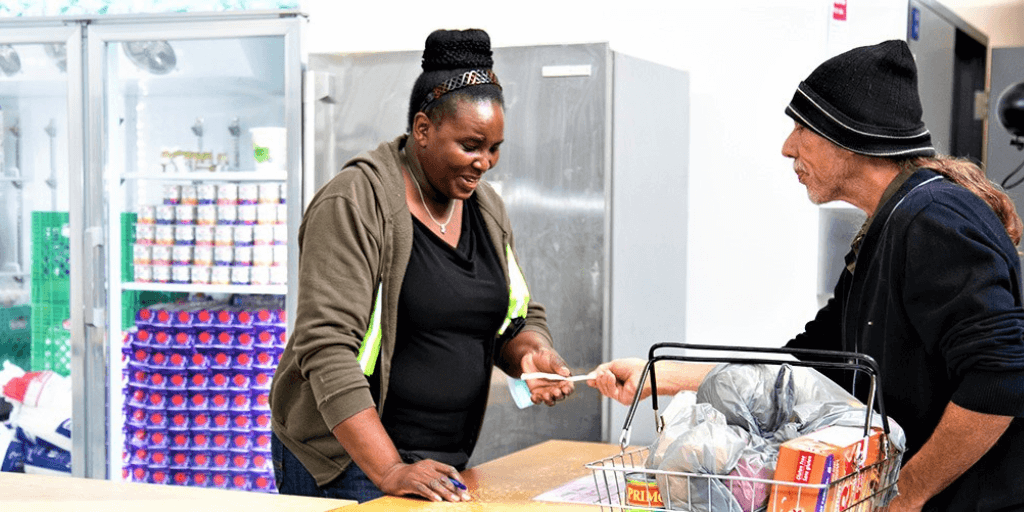
Daily Bread Food Bank and North York Harvest Food Bank have released the annual Who’s Hungry report, a profile of food insecurity in the City of Toronto. The report illustrates the deep strain faced by food banks and those accessing them.
Over the past twelve months, there have been 1.99 million visits to food banks, and demand is projected to push that number to over two million for the 2022 calendar year.
“Month after month, we keep seeing the impact of insufficient incomes, combined with inflation and rising costs of living, lead to record-breaking numbers,” says Neil Hetherington, CEO, Daily Bread Food Bank. “The need for food banks is at crisis levels with no signs of slowing down. Food banks are seeing more new clients each month, and those visiting are experiencing severe levels of food insecurity. On average, they are also younger and more likely to be employed.”
Food bank clients’ incomes have dropped, despite higher numbers of employed food bank clients.
Rents are absorbing an unbearable part of peoples’ incomes.
Food bank clients are socially and economically isolated.
“I can’t afford three meals a day because of the cost,” says a Who’s Hungry survey respondent. “If it were not for the food bank, I would not be able to make it; it would be 8-10 days without food per month.”
“Food insecurity is caused by poverty,” says Ryan Noble, Executive Director, North York Harvest Food Bank. “While food banks play a vital role in the lives of thousands of Torontonians, they cannot reduce poverty. We need bold, systemic changes which require governments at all levels to act.”
The Right to Food will not be realized until the systemic issues that perpetuate inequities are addressed. All levels of government need to prioritize poverty reduction strategies.
Daily Bread Food Bank and North York Harvest Food Bank call for the following:
To read the full report and detailed recommendation, visit www.dailybread.ca/whoshungry
Click here for the Press Release